We live in a time when organizations have numerous internal and external communication channels. To organize the distribution and publication of all this content, a document is necessary to collect all this information: the communication plan.
In this article, we will see the purpose of this document, what sections it should have, and what information should be included in each of them. If you need a template, you can download it a bit further below.
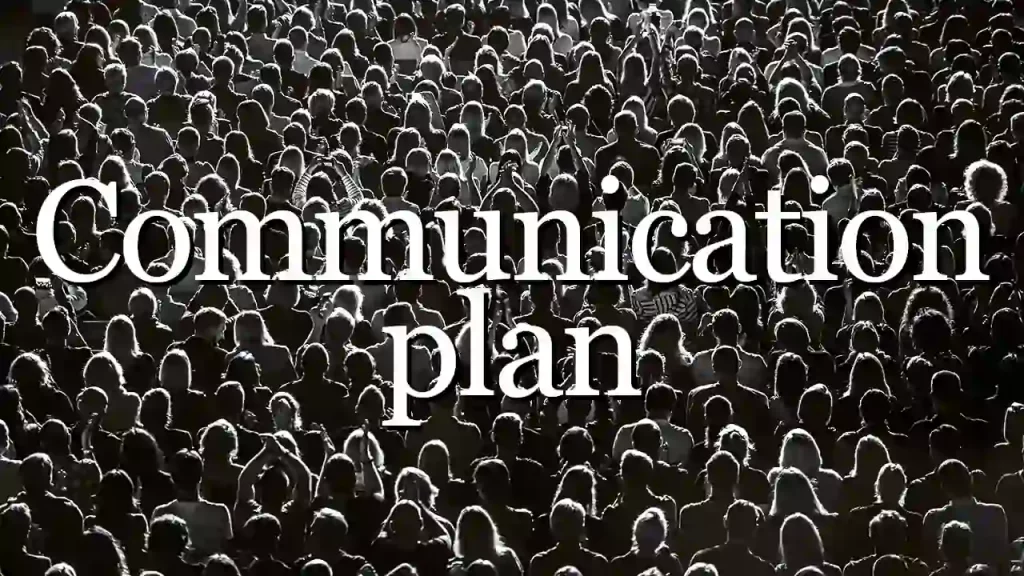
Download communication plan template
Do you need help with a communication plan?
Send an email:
hola@apablo.com
Table of Contents
What is a communication plan?
A communication plan is a document that summarizes all aspects related to the distribution or publication of an organization’s content. In the case of advertising promotion, a media plan is used instead.
The communication plan includes essential elements such as the objectives of the strategy, the messages to be conveyed, the channels to be utilized, the target audiences, and many others. However, it is not a standardized document, so each organization will create and adapt its own plan according to its interests.
Creating this document does not have to be inaccessible for small entities, such as a small business. Since it is for internal use, it can be as elaborate as necessary. It is also not necessarily expensive, but it is advisable to work on it over several days, during which new ideas to add to the document will arise.
A communication plan often focuses on a specific period of time, such as three months, a year, during the launch of a product, or during a communication crisis. However, the plan can also serve as a general guide outlining procedures on a permanent basis.
As there are differences between internal and external communication, the plan can include only one of them. However, a comprehensive approach should include both simultaneously.
The format of the document can vary greatly: a PowerPoint presentation, an Excel spreadsheet, a Word document, PDF, an online shared platform, and many others. The ideal format is ultimately the one most useful for the organization. A communication director or a pr agency are usually in charge of designing it.
What is the purpose of a communication plan?
A communication plan serves to analyze, describe, standardize, plan, and schedule an organization’s communicative actions.
It can have many other uses depending on the situation and the extent of the document. However, there are certain aspects that all communication plans have in common.

A communication plan serves to:
Analyze the situation and set objectives
Analyzing the situation of an organization is crucial for creating the communication plan. To do this, it is necessary to study the weaknesses and strengths of the organization, not only from a communication perspective but also at a general level.
This allows us to establish clear, realistic, and measurable communication objectives. Specifying these objectives is important to analyze whether the strategy is beneficial for the organization or if changes need to be introduced.
Describe the messages and target audiences in a communication plan
The document includes the most important messages that an organization wants to communicate. These messages are directly related to the entity’s purpose and often align with its mission, vision, and values. They can also refer to its differentiating characteristics, competitive advantages, and, in short, the reason for its existence. This task also serves to provide coherence and unify the message that will be conveyed.
The target audiences are also described: who the organization is addressing, what profiles they have, what types of people they are, and most importantly, through which channels they will be reached. As we will see later, these target audiences can be both internal and external.
Standardize internal processes
The author of the document must specify which internal processes will be carried out: which department or person is responsible for each task, with what budgetary, material, or IT resources, how all departments will communicate, who will approve each content before its distribution, how to respond to certain common or specific situations, and others.
Plan and schedule the publication of content
This is the most important utility of a communication plan. It involves specifying, in detail, which content will be disseminated, through which channels, and when. The best way to do this planning is through a calendar.
Having a calendar with all communicative actions allows the organization to anticipate and know at all times what work needs to be done according to the dates. It provides a medium to long-term vision, establishes priorities, encourages participation, and offers new ideas.
Content of a communication plan
The order and content of a communication plan vary depending on the specific circumstances of each organization. A plan for a small business will not be the same as one for a national political party. Similarly, a document focused on internal communication will differ from one for external communication.

Indeed, regardless of the entity for which the communication plan is designed, the information it contains typically coincides in the following sections:
Information and context of the organization
The first section includes general information and the context of the organization for which the communication plan is developed.
It may include, for example, its history, location, mission, vision, and values, market type and share, industry position, target consumers, competition, communication strengths and weaknesses, previous communication strategies, a SWOT analysis (Strengths, Weaknesses, Opportunities, Threats), and other relevant data.
In essence, any information or data that allows the reader of the document to have a general idea of the type of organization for which this plan has been written.
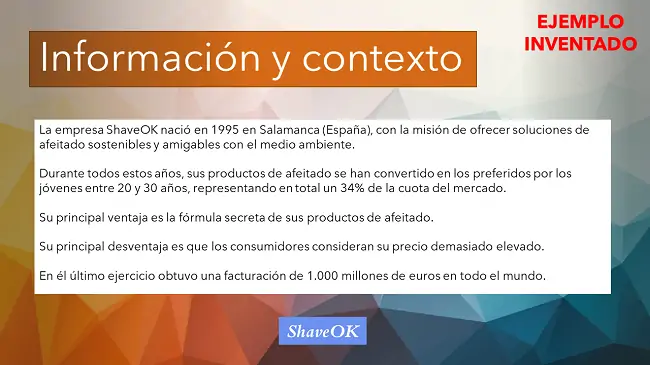
It is advisable to extract this data from reliable sources, both internal and external. For example, official billing data or external audits that allow us to understand the context in which the entity operates.
Again, there’s no need to be alarmed. All of this is optional and adaptable to each circumstance. However, the more comprehensive, the better.
Target audience
Once we have described the organization and its context, it is time to define the recipients of the messages that will be delivered. Being generous with the details is crucial since the choice of channels will depend on the target audience and their characteristics. This information will also help in creating the messages.
There can be a wide variety of target audiences depending on the situation: clients, affiliates, partners, employees, suppliers, investors, shareholders, institutions, associations, and many other categories can be included in this section of the communication plan.
This list should be comprehensive. Each category should have a description with data related to age range, gender, most common profession, interests, hobbies, lifestyle, place of residence, political affiliation, motivations, and other general demographic information.
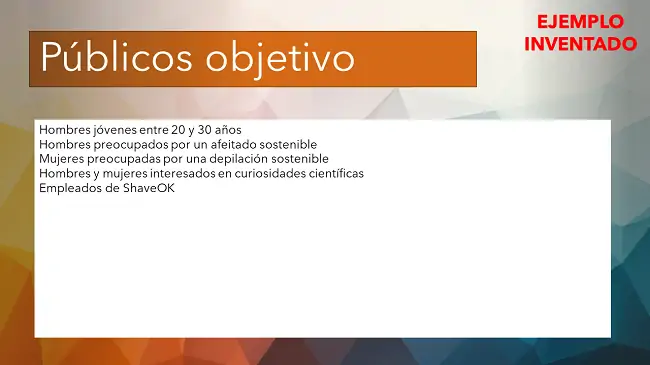
It is not necessary to include a list with all these examples but to include only those that are relevant to the organization. As for demographic data, they can be studied with all the necessary thoroughness, but always when the information is useful.
The description of the target audience determines whether it is internal or external communication (or both) and the channels and messages that will be used.
Channels to be used
Once we have described the target audiences we are going to address, we have to decide through which channels we will reach them. The idea is that all target audiences can receive information through at least one of the chosen channels.
I specifically refer to the communication channels we will use to reach the target audiences. Varied examples can be: press and news websites, radio, television, magazines, email newsletters, social media, blog content, and even conferences and events.
The selection of these channels must be done meticulously, ensuring contact with all the target audiences to which the communication plan is directed.
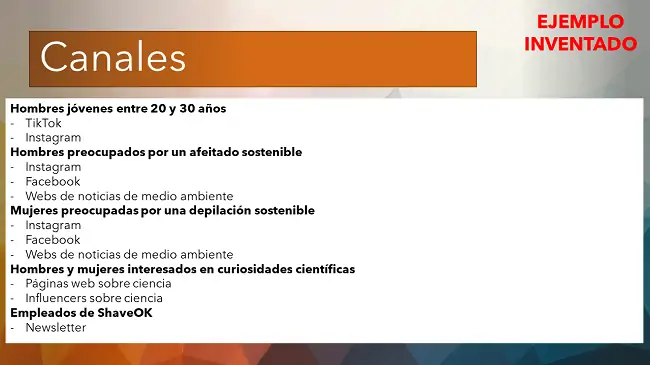
The list of chosen channels will directly influence the objectives, message, planning, and scheduling, so it is not something that can be done lightly.
In any case, almost certainly, the channels can be classified into one of the three main blocks of current communication, as I understand it at apablo.com: press office, SEO, and social media/digital marketing.
Objectives by channels
The objectives cannot be established before the choice of channels. This is because each media outlet has its own statistics and ways of analyzing its results.
The definition of objectives must meet five conditions. This is known as the SMART rule: Specific, Measurable, Achievable, Result-oriented, and Time-limited.
It is a system to ensure in a simple way that incorrect objectives are not set.

Furthermore, the objectives must be established within the measurement systems of each channel. This is essential, and many organizations fail to do so.
Here’s an example of an incorrect and a correct objective for social media:
❌ Incorrect: Increase sales by 20% in three months.
✔️ Correct: Gain 20% more followers in three months.
The same applies to press actions:
❌ Incorrect: Double the number of newsletter subscribers in one month.
✔️ Correct: Obtain three pieces of press coverage in one month.
Is it possible to increase sales through a social media plan? Yes, but many other factors come into play in that objective, factors in which the social media plan has no decision-making power. For example, the quality of the product.
Is it possible to gain more newsletter subscribers through press coverage? Yes, but we cannot determine how many of them subscribed because of that coverage.
In conclusion, the objectives must always be framed within the scope of action of each channel. One or two objectives per channel are sufficient.
Main message and secondary messages
The communication plan must specify the main message and the secondary messages that will be used during the execution of the actions.
This does not mean that we will constantly repeat the same messages. It means that everything that is disseminated must be compatible and fall within the scope of these messages.
When talking about a ‘message,’ I am not referring to a ‘publication,’ but to a phrase that generally describes the essence of all the materials that will be disseminated.
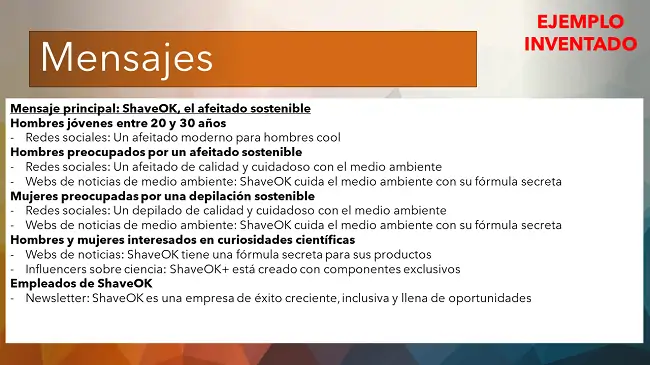
The main message must be valid for all channels; that’s why it needs to be very flexible in its wording. It should explain the organization’s values in a general and inspiring manner, so that the rest of the messages can easily align with it, regardless of the channel in which they are disseminated.
The secondary messages should be aligned with the main message. Each of them should be crafted according to the channel and the target audience they are addressing. It’s interesting to describe a secondary message for each channel and target audience.
I’ll say it again: the messages must be open enough in their wording to not stifle creativity during the execution of the communication plan.
How to draft messages in a communication plan:
- They must be short, clear, and to the point.
- They need to be consistent with the organization’s vision.
- Written in a language and tone adapted to the target audience and channel.
- They should be flexible enough to not hinder creativity.
- They must be free of spelling mistakes.
Communication actions
At this point, we already have a significant amount of information to specify what we will do to achieve the objectives established in the communication plan. Therefore, it is time to detail the actions we will carry out.
Let me explain this with examples because it’s very straightforward, see:
- Target audience: People interested in technology
- Channel: Specialized news websites
- Objective: Three press appearances per month
- Action: Distribute a press release every two weeks
It’s that simple! 😊
Another example with social media:
- Target audience: Young men between 20 and 30 years old
- Channel: LinkedIn
- Objective: Increase website clicks by 10% in two months
- Action: One LinkedIn post per day
One more example with web SEO positioning:
- Target audience: Women who have a cat as a pet
- Channel: Organization’s website
- Objective: Increase website visits by 15% in two months
- Action: One web SEO positioning article per day
And so on. At least one action should be assigned for each target audience, channel, and objective.
The specific description of the actions in the communication plan is crucial as it will serve as the basis for the scheduling work.

Of all the sections, this is probably the one that will undergo the most modifications after evaluating the results. When objectives are not met, it is necessary to review the actions and most likely change them.
Stories and scheduling of the communication plan
Finally, we come to the section of stories and scheduling, which is probably the most creative and enjoyable of all. Here, we need to specify what content will be disseminated on each channel and when.
For instance, if we plan to distribute two press releases per month, we will have to decide their content and release dates. This way, the corresponding team can work on the press releases and be ready for the distribution dates.
The same applies to social media posts and web SEO positioning articles. We must decide on the topics and when they will be executed.

Scheduling also allows for better organization of the contents of the communication plan.
For example, one of the most common mistakes when writing SEO positioning articles (content marketing) is the repetition of keywords. By having a calendar with specific dates and topics, we can avoid such duplications.
It’s interesting that the calendar is, in fact, a table, like traditional calendars 📅.
Crisis Communication Plan
A communication plan may include a crisis communication section.
Some organizations may face difficult scenarios that require a standardized response to such events.
These scenarios can be occasional, such as an image crisis due to environmental non-compliance or a workers’ strike.
However, certain industries face difficulties more regularly; for example, technology companies may encounter technical errors that question the proper functioning of their services.
In all these cases, it is advisable to specify in a crisis communication section how to act in such eventualities.
To handle a crisis, it is necessary to agree on a crisis communication strategy, decide on a message, define the target audience, and select a spokesperson.
You can find more in-depth information on designing this section in my article on crisis communication.
Evaluation and Follow-up of Results
I previously mentioned that the objectives must be measurable. This aspect is crucial to determine if the communication plan’s expectations are being met.
Therefore, in the results evaluation section, we should indicate the metrics for each of the actions described above.
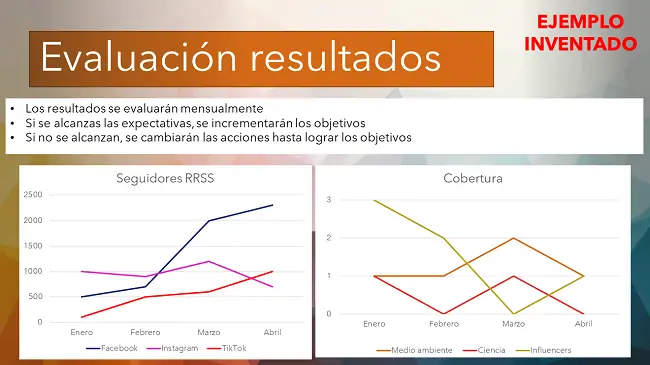
But the most useful aspect of this section is to specify how each evaluation will proceed: how often it will be conducted, what actions will be taken if the objectives are not met, how often the plan will be updated with the previous results, how the results will be reported and to whom, and any other relevant evaluation-related questions.
You can also include a graph with the data from each update of the communication plan. This way, you will have very useful visual information about the progress of the entire communication strategy.
Responsibility and Budgets
Lastly, the document should explain who will be in charge of each aspect and what resources they have to carry out the communication actions.
Regarding responsibilities, it is essential to put them in writing to avoid any doubt about who should do what. If not done, some actions may be left undone, so it is necessary to assign a responsible person for each of them. It is also advisable to include the contact information of each person or team, as the communication plan may be consulted by other departments.
It is also common to define who will be the spokesperson for the organization on the channels to be used.

On the other hand, the budget should include the total expenses for each communication action. All responsible individuals must be aware of their maximum budget within a specific timeframe to carry out the tasks assigned to them.
This includes subcontracting, applications, programs, plug-ins, media monitoring platforms, street marketing actions, brochures, sending trial products to journalists and influencers, and any other material or immaterial expenses.
Annexes
The last section of the communication plan includes all relevant annexes. Here, all types of materials such as bibliographical references, visual pieces, or any other necessary content that did not fit in the previous sections can be included.
Conclusion
The design of a communication plan is an essential task for all organizations that wish to meet their communication expectations.
This document can vary significantly between one organization and another, but it usually contains similar sections that facilitate the distribution of messages.
Any type of entity can have such a plan. It is not necessary to be a large multinational company, as even a local non-profit association could have one.
In summary, it is the key document to describe whom the organization is targeting, through which channels, and with what message. All of this within an internal protocol that ensures the proper financial execution and achievement of established objectives.
I hope this has been helpful. If you have anything to add, please feel free to share it in the comments. If you need assistance with your organization’s communication plan, feel free to reach out to me: hola@apablo.com






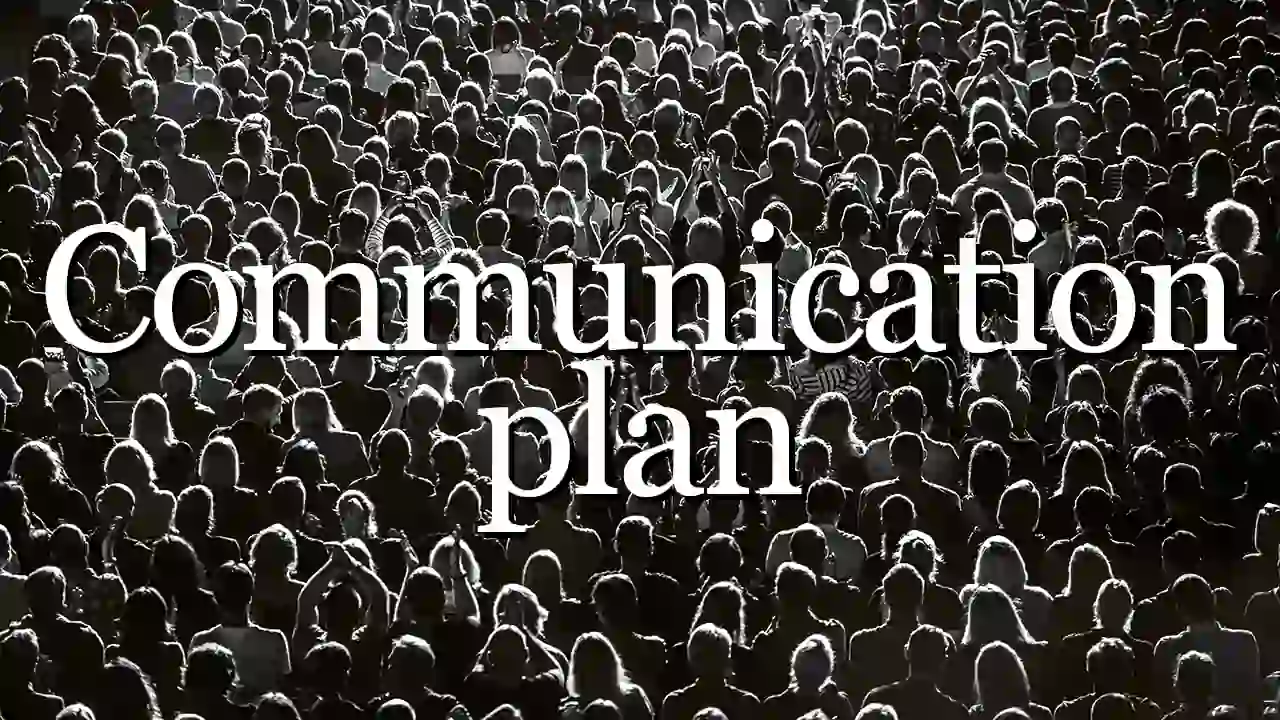



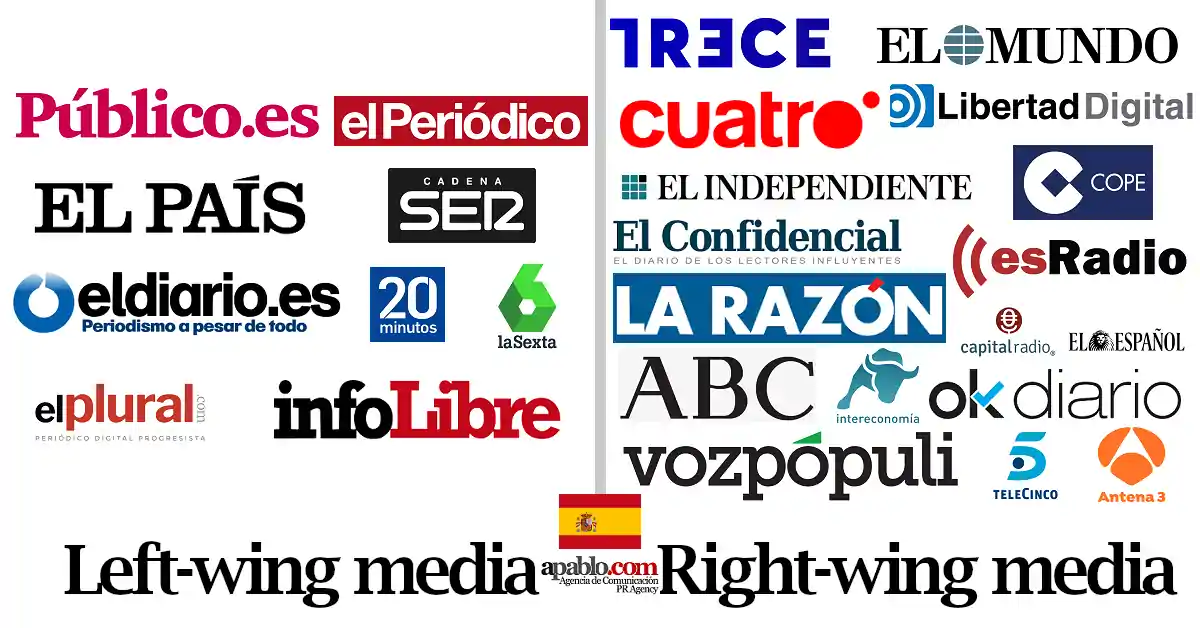

Leave a Reply Cancel reply